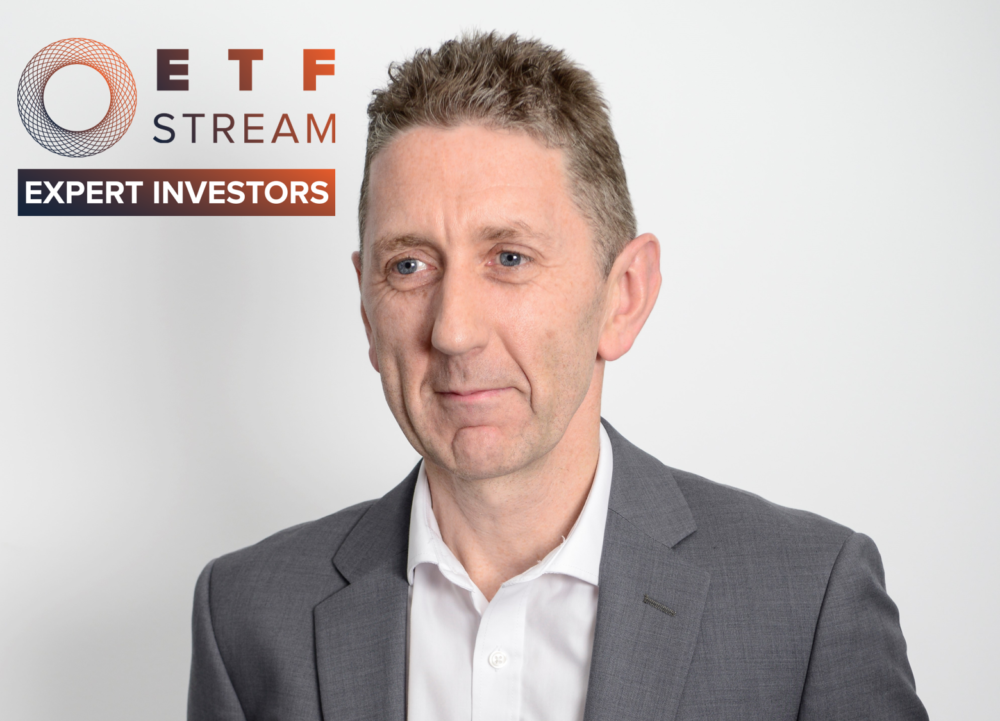Expert investors is a new series
brought to you by ETF Stream where on a fortnightly basis we interview the key individuals from across the fund selection and research space about the ETF industry.
Fund selection plays a crucial role in portfolio construction. Once the asset allocation decision has been made, these individuals need to decide how they want to be exposed, be it through a mutual fund, investment trust or ETF.
Over the years, ETFs are becoming an increasingly important part of any investors’ toolkit. This series will show how the key players across the fund selection space use ETFs in their portfolios while asking what more can be done by the ETF providers to help with this increasing adoption.
Next in the hot seat is Mick Gilligan, head of fund research at Killik & Co. Gilligan joined Killik in 2001, before becoming partner in 2004. He specialises in fund research and also manages the firm's multi-manager portfolio service.
How much of your portfolio is made-up of ETFs/index funds?
Here at Killik & Co, ETFs and index funds can typically make up anywhere between 50% and 75% of our portfolios depending on the market cycle and other factors.
When did you start investing in ETFs?
I started investing in ETFs 15 years ago when we launched our Managed Portfolio Service.
Which asset classes do you tend to invest in through ETFs?
Liquid equities and investment grade bonds.
Which areas would you avoid?
Any area that requires financial engineering. Therefore, swaps and synthetic ETFs we always avoid. We prefer investing in physically backed ETFs instead as we want to own the underlying holdings rather than have third party ownership.
What is your methodology for selecting ETFs?
When comparing ETFs tracking the exact same index the key selection criteria are fees, fund size/liquidity, any ongoing costs apart from management fees such as bid-ask spreads and trading costs, and stock lending.
ETF issuer creditworthiness, as well as their reputation, are also important factors for us.
What ETF products would you like to see more of?
We feel there are currently not enough non-UK investment grade bond ETFs with currency hedging.
Any areas ETF providers could improve?
One area where ETF providers could improve is encouraging market makers and authorised participants to tighten spreads in the early days after an ETF has recently been launched. This would help inflows from retail investors.
There is definitely an issue when ETFs first come to market around the bid-ask spreads as they can be very wide due to a lack of trading volume.
Expert investors is a new series brought to you by ETF Stream where on a fortnightly basis we interview the key individuals from across the fund selection and research space about the ETF industry.
To read the previous edition of Expert Investors with Will Bartleet of Pacific Asset Management, click here.



